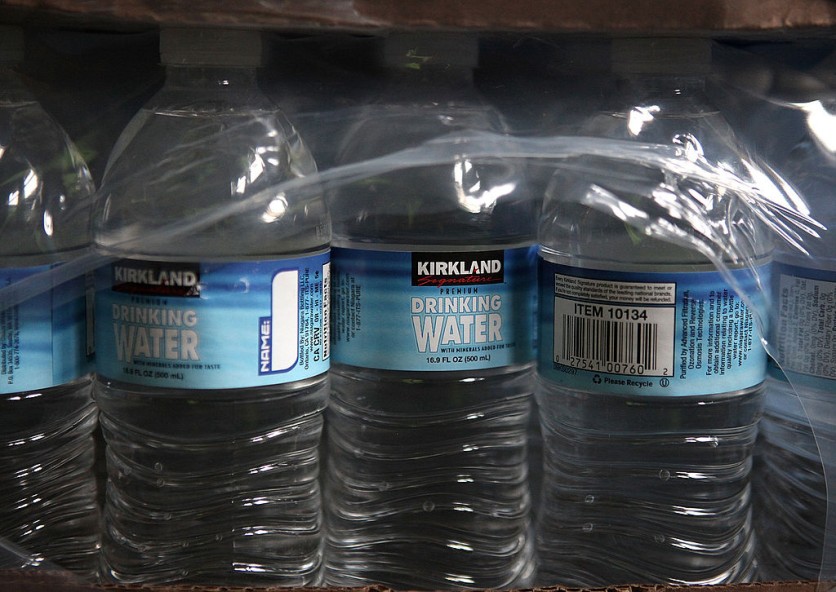Scientists have long believed that industrial chemicals used in plastic water bottles might mess with human hormones. Until now, most evidence has been observational, showing a connection between plastic exposure and certain diseases without proving a direct cause.
The Impact of BPA on Insulin Sensitivity
A new study has found direct evidence that bisphenol A (BPA), a chemical often used in food and drink packaging, can lower the body's sensitivity to insulin, the hormone that controls blood sugar levels. A reduced ability to respond to insulin, called insulin resistance, can lead to consistently high blood sugar levels and a significantly increased risk of type 2 diabetes.

Researchers shared their findings at the 2024 Scientific Sessions of the American Diabetes Association, suggesting that the Environmental Protection Agency (EPA) might need to reevaluate the safe exposure limits for BPA found in plastic bottles, food containers, and other packaging materials.
Researchers at California Polytechnic State University conducted a study involving 40 healthy adults, who were randomly divided into two groups: one received a placebo, while the other received a small daily dose of BPA. After four days, the group exposed to BPA showed reduced insulin sensitivity, whereas the placebo group exhibited no change.
The BPA dose administered, 50 micrograms per kilogram of body weight per day, is currently considered safe by the EPA. Todd Hagobian, the study's senior author and a professor at California Polytechnic State University, emphasized the need to reconsider the US EPA's current safe dose of BPA.
Read Also : Stanford Study Reveals Surprising Benefits of Vegan Lifestyle, Unlocking Cardiovascular Wellness
Global Regulations, Public Concerns
The FDA considers BPA safe at low levels found in food containers, allowing up to 5 mg per kg of body weight per day, significantly higher than the dose identified as risky in the new study. This discrepancy has prompted some researchers to argue that the FDA's guidelines may be outdated.
On the other hand, regulatory bodies in other parts of the world have taken a more stringent approach toward BPA. For example, the European Commission has proposed a ban on BPA in products that come into contact with food or beverages by the end of 2024.
There is growing worry about the effects of BPA, reflecting a broader concern over everyday exposure to potentially harmful substances.
Recent studies also highlight the risks associated with microplastics, minuscule particles capable of penetrating human cells and posing potential health threats. These particles have been detected in diverse places, including human lungs and reproductive organs, raising significant health concerns.
Studying the potential long-term health impacts of everyday substances could guide us in making informed choices to mitigate risks linked to chronic conditions such as type 2 diabetes. Todd Hagobian emphasized the importance of investigating even minor contributors to diabetes, a leading cause of death in the US.
The study's findings suggest that minimizing BPA exposure, for example by opting for stainless steel or glass containers and BPA-free cans, might help reduce the risk of developing diabetes.
Related Article: Global Shortage of Diabetes Medicine 'Ozempic' Could Persist for a Longer Time, Experts Claim


![Apple Watch Series 10 [GPS 42mm]](https://d.techtimes.com/en/full/453899/apple-watch-series-10-gps-42mm.jpg?w=184&h=103&f=9fb3c2ea2db928c663d1d2eadbcb3e52)


